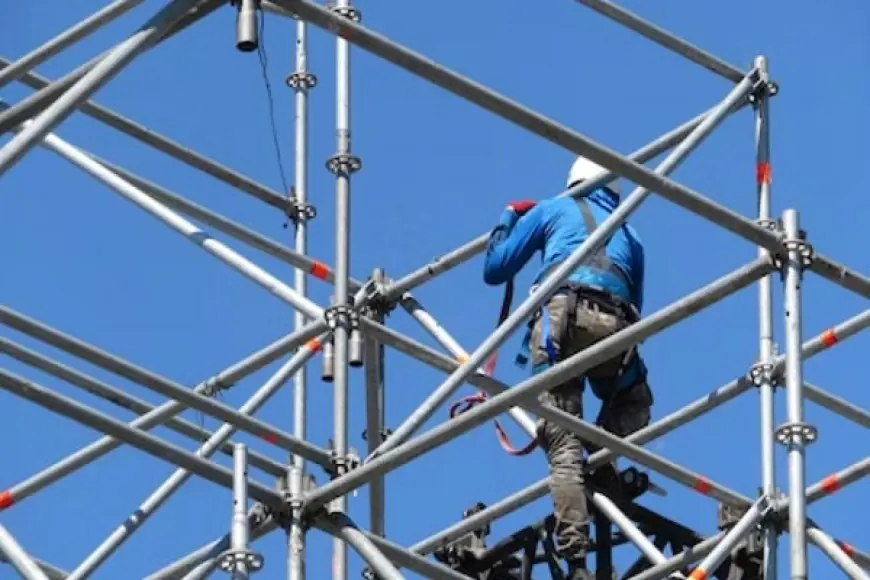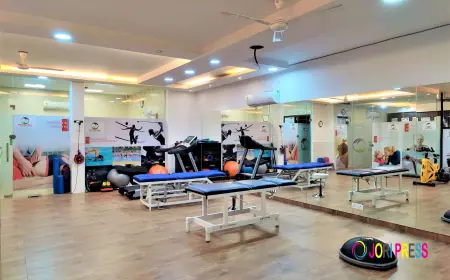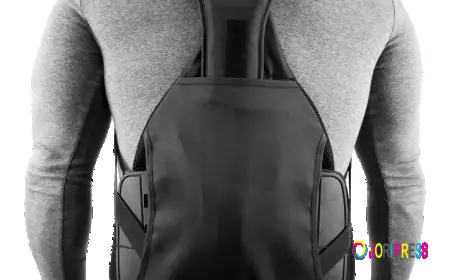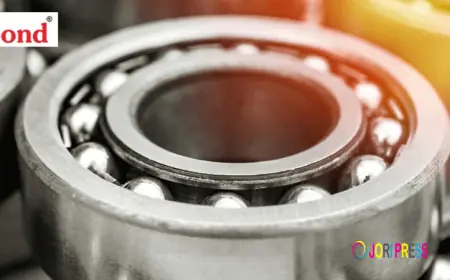What Are The Most Important Features To Look For In A Scaffolding Clamp?
In the world of construction, safety and structural stability are non-negotiable. Huge machines and towering frameworks make a majestic display on job sites, yet the most vital components are usually the smallest. These include Scaffolding Clamp, a simple yet important tool in connecting pipes and supporting scaffold structures.

In the world of construction, safety and structural stability are non-negotiable. Huge machines and towering frameworks make a majestic display on job sites, yet the most vital components are usually the smallest. These include Scaffolding Clamp, a simple yet important tool in connecting pipes and supporting scaffold structures. Whether they deal with high-rise developments, bridges, or maintenance works, every worker should rely on a clamp to keep things in their rightful place. What, then, should professionals examine when it comes to this humble but potent piece of equipment?
Material Strength and Sturdiness
This may be the first and most important of the features to assess since what the clamp is made of augurs its manufacturing. Steel and forged iron have always been preferred because they tend to offer great tensile strength and withstand environmental conditions. A significant part of clamps in the hardest environments is that they must also withstand not only static loads but also vibrations. A durable clamp is resistant to rust, corrosion, and fatigue over the years in terms of use. A very suitable example is the prolific use of external applications of galvanized coatings, where the clamp may constantly face rain, heat, or chemicals.
Versatility and Compatibility
Builds are very different, and no two can be alike. An outstanding clamp should be capable of relating to different pipe sizes and different setups. Clamps adjusting or adapting to several angles will be useful in complex configurations. Especially Scaffolding Verticals from Winntus Formwork System Pvt. Ltd., it is now relevant when pipes intersect at different heights and positions in building a structure to give its base strength. In cases like these, universal compatibility avoids duplication of effort and saves time.
Load-Bearing Capacity
The load-bearing capacity of the clamp remains a vital consideration. With most scaffolding concepts that contain several major levels, it is impossible for the building itself to add a super important factor, as the scaffolds undergo dynamic changing loads due to workers, materials, and equipment. Load-bearing capacity allows the structure to become either stable or, much worse, collapse. All manufacturers have this load data they must provide for such purposes, while following up with each of these ratings applies to safety and structural integrity considerations.
Ease of Installation and Adjustment
Time is of the essence within a job site. A clamp with the ability to facilitate applications that fasten easily and in a short time should save time. Simple design, minimal tool requirements, and user-friendly tightening mechanisms are things that count greatly in day-to-day operations. Another great quality of clamps is that they can be adjusted while mounted and do not require tearing down the setting. Quick changes, thus, will be simple to make when the need occurs, as during a formwork adjustment or the repositioning of scaffold components.
Approved and Compliant with Safety Standards
Safety should never be compromised where construction setting equipment is involved. Always ensure that the clamps you choose are national and international safety standard compliant. Certified products are subjected to rigorous testing to ensure they meet all expected levels of strength, reliability, and performance. Buying clamps unapproved by their proper certification might mean saving money at the point of purchase but would put everyone at greater risk later on concerning fines, delays, or accidents.
Relevance to Larger Construction Systems
The right clamp could enhance not only scaffolding but also support wider connected systems. For instance, in structures with Column Formwork, firm scaffolding based on reliable clamps tends to maintain the mold in shape as the concrete cures. This not only increases accuracy but also enhances worker safety during pouring and curing operations. Having an understanding of how the clamp will interact with other construction systems will put project managers in a better position to make judicious choices in terms of product selection and layout planning.
Small Tools, Strong Foundations
Small as they seem, clamps are indeed the unseen heroes attaching together scaffolding systems- both literally and metaphorically. The right choice can impact safety, performance, and compatibility at any stage of a construction project. Prioritizing durability, load capacity, and compliance helps ensure a more secure and efficient build, proving once again that success often lies in the details.
What's Your Reaction?
 Like
0
Like
0
 Dislike
0
Dislike
0
 Love
0
Love
0
 Funny
0
Funny
0
 Angry
0
Angry
0
 Sad
0
Sad
0
 Wow
0
Wow
0


















































